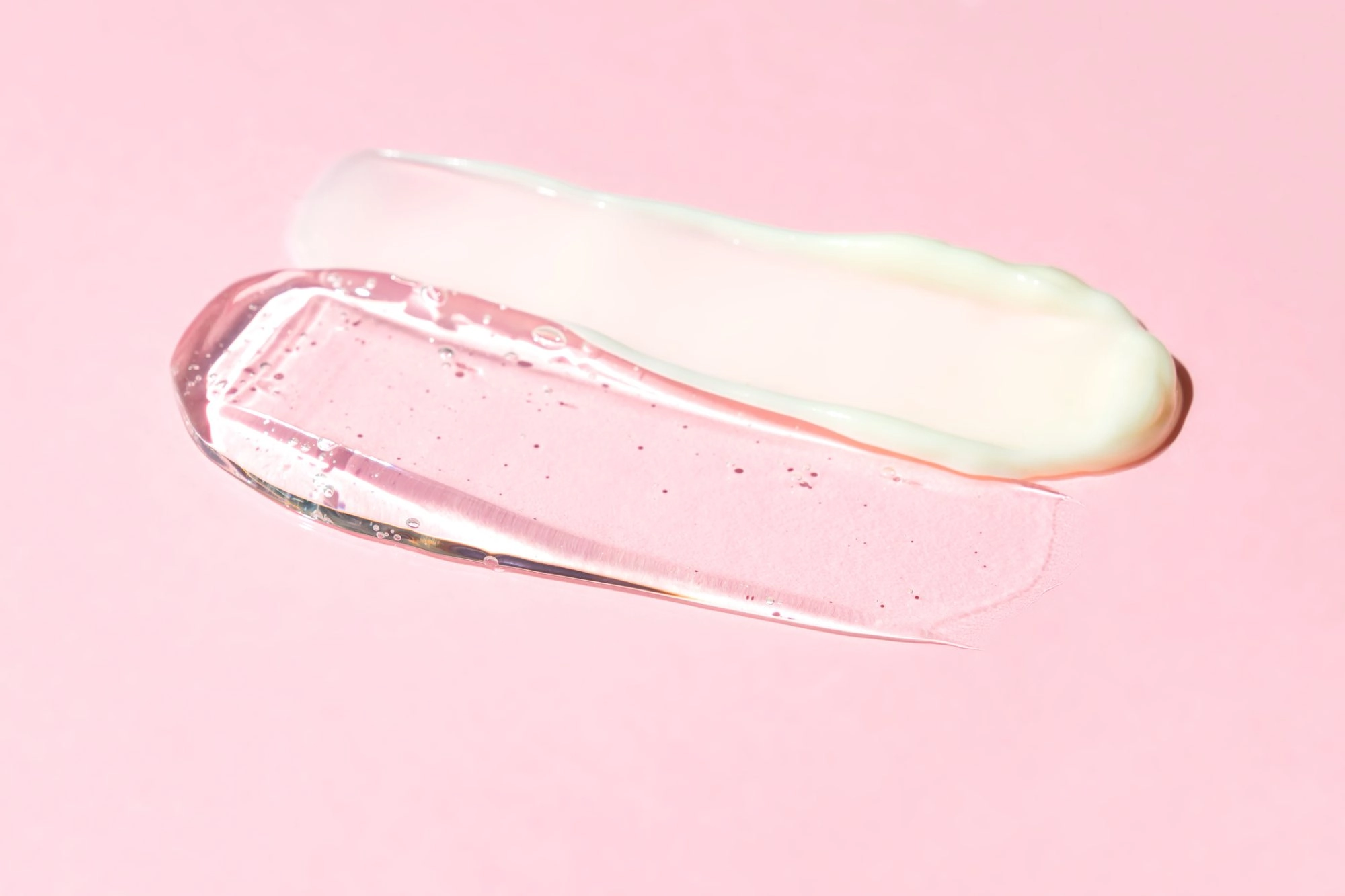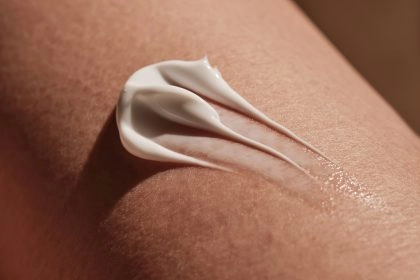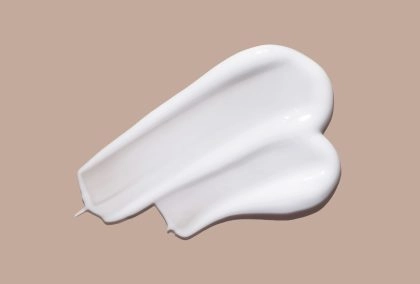Management of Controlled Substances in Cosmetic Formulations – Nanoparticles
Nanoparticles are particles with dimensions between 1 and 100 nanometers, or about 50,000 times smaller than the diameter of a human hair. At this scale, these particles exhibit unique physicochemical properties, such as increased specific surface area, enhanced reactivity, as well as distinct optical or magnetic behaviors compared to the same materials at a larger scale. In cosmetics, these particles improve the absorption and effectiveness of products. However, their ability to penetrate deeply raises concerns about their potential impact on health — and the environment. As such, nanoscale cosmetic ingredients represent a real challenge for manufacturers and regulatory authorities alike. This article explores the universe of these infinitely small particles.

Definition of a nanomaterial
Article 2 of the Cosmetics Regulation (EC) No. 1223/2009 defines a nanomaterial as:
“An insoluble or biopersistent material, intentionally manufactured and characterized by one or more external dimensions, or an internal structure, at the scale of 1 to 100 nm.”
It is important to note that this regulation differs slightly from the general definition provided by the European Commission in 2011 (2011/696/EU) and revised in 2022 (2022/C 229/01).
The major difference is that the Cosmetics Regulation does not require the 50% threshold specified in the European Commission’s broader definition. This threshold means that, for a material to be classified as a nanomaterial according to the Commission’s general definition, at least 50% of its particles must be between 1 and 100 nanometres in size.
On the other hand, in the context of the cosmetics regulation, the mere presence of nanomaterials is sufficient, regardless of this 50% threshold. This broader definition therefore makes it possible to include materials containing a lower percentage of nanoparticles, as long as they have nanometric properties.
The use of nanoparticles in cosmetics
Four nanoparticles are currently approved (under conditions) as UV filters: titanium dioxide, zinc oxide, MBBT and tris-biphenyl triazine. They are mainly used in sun protection products.
Some nanoparticles are also used as dyes in makeup products, such as titanium dioxide and carbon black. However, preservatives in the form of nanoparticles are not allowed in cosmetic products.
Nanoparticles also play a role in other aspects of cosmetic formulations, as anti-caking agents, texturing agents, fluidity enhancers or to prevent white residue on the skin. This is particularly the case with silica, which is commonly used in toothpastes and some skin creams.
Management of these regulated substances in cosmetic formulations
The requirements for companies placing cosmetic products containing nanoparticles on the market focus on four key aspects:
- Safety assessment: Manufacturers of cosmetic products containing nanoparticles must carry out a safety assessment. This assessment includes specific studies on the size, shape and potential toxicological effects of nanoparticles to ensure that the product is safe for human health, particularly if inhaled, ingested or applied to the skin.
- Labelling compliance: Since 11 July 2013, Article 19 of Regulation (EC) No. 1223/2009 on cosmetics requires that the presence of nanomaterials in the composition of cosmetic products be indicated. The name of the nano ingredient must be followed by [nano] in square brackets in the list of ingredients (e.g., “Titanium dioxide [nano]”).
- Notification via the CPNP portal: Prior to placing their products on the market, manufacturers must notify the competent authorities of the presence of nanoparticles in their products. This notification is made via the Cosmetic Product Notification Portal (CPNP) at least 6 months before the product is marketed, except for products placed on the market by the person responsible before 11 January 2013.
- Monitoring of scientific advice and possible restrictions/bansSome nanoparticles have been assessed for safety for users by the European Union’s Scientific Committee on Consumer Safety (SCCS). This includes titanium dioxide and zinc oxide used as UV filters in sunscreens. In addition, some nanoparticles are subject to bans or restrictions on use. For example, titanium dioxide nanoparticles in spray form are banned. Manufacturers must keep abreast of regulatory developments related to nanoparticles. Legislation evolves regularly in line with scientific advances and new opinions from the SCCS.
List of nanoparticles used in cosmetics
The European Commission has established a public catalogue of cosmetic nanomaterials used in products already on the market. The most recent update was in 2019.
| Nom CE/Liste | EC | CAS | Type |
| Noir de carbone | 215-609-9 | 1333-86-4 | Colorant |
|
Dioxyde de titane |
236-675-5 | 13463-67-7 | Colorant/Filtre UV |
|
Oxyde de zinc |
215-222-5 | 215-222-5 | Colorant/ Filtre UV |
|
2,2′-méthylènebis(6-(2H-benzotriazol-2-yl)-4-(1,1,3,3-tétraméthylbutyl)phénol) |
403-800-1 | 103597-45-1 | Filtre UV |
| 1,3,5-Triazine, 2,4,6-tris([1,1′-biphényle]-4-yl)- | 479-950-7 | 31274-51-8 | Filtre UV |
| Oxyde d’aluminium | 215-691-6 | 1344-28-1 | Autres fonctions |
| Cuivre | 231-159-6 | 7440-50-8 | Autres fonctions |
| Or | 231-165-9 | 7440-57-5 | Autres fonctions |
| Platine | 231-116-1 | 7440-06-4 | Autres fonctions |
| Argent | 231-131-3 | 7440-22-4 | Autres fonctions |
| Cuivre | 231-159-6 | 7440-50-8 | Autres fonctions |
| (C60-Ih)[5,6]fullerène | 99685-96-8 | 99685-96-8 | Autres fonctions |
| Fullerène C70 | 634-223-5 | 115383-22-7 | Autres fonctions |
| Fullerène, multicouches | 923-072-3 | N/A | Autres fonctions |
| Fullerènes C60/C70 | 682-073-4 | 131159-39-2 | Autres fonctions |
| Fullerènes C60/C70 | 943-307-3 | 131159-39-2 | Autres fonctions |
| Or | 231-165-9 | 7440-57-5 | Autres fonctions |
| Dioxyde de silicium ; dioxyde de silicium amorphe synthétique (nano) | 231-545-4 | 7631-86-9 | Autres fonctions |
| Hydroxyapatite (Ca5(OH)(PO4)3) | 215-145-7 | 1306-06-5 | Autres fonctions |
| Hydroxyde de pentacalcium tris(orthophosphate) | 235-330-6 | 12167-74-7 | Autres fonctions |
| Acide silicique, sel de lithium, magnésium et sodium | 258-476-2 | 53320-86-8 | Autres fonctions |
| Platine | 231-116-1 | 7440-06-4 | Autres fonctions |
| Dioxyde de silicium; dioxyde de silicium amorphe synthétique (nano) | 231-545-4 | 7631-86-9 | Autres fonctions |
| Silice amorphe | 614-122-2 | 67762-90-7 | Autres fonctions |
| Silane, dichlorodiméthyl-, produits de réaction avec la silice | 271-893-4 | 68611-44-9 | Autres fonctions |
| Silanamine, 1,1,1-triméthyl-N-(triméthylsilyl)-, produits d’hydrolyse avec la silice | 272-697-1 | 68909-20-6 | Autres fonctions |
| Argent | 231-131-3 | 7440-22-4 | Autres fonctions |
| Silicate(2-), hexafluoro-, disodique, produits de réaction avec le silicate de lithium, de magnésium et de sodium | 285-349-9 | 85085-18-3 | Autres fonctions |
| Acide 2-propénoïque, 2-méthyl-, polymère avec l’éthénylbenzène | 618-461-7 | 9010-92-8 | Autres fonctions |





